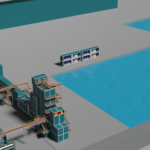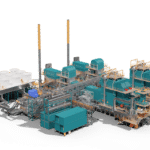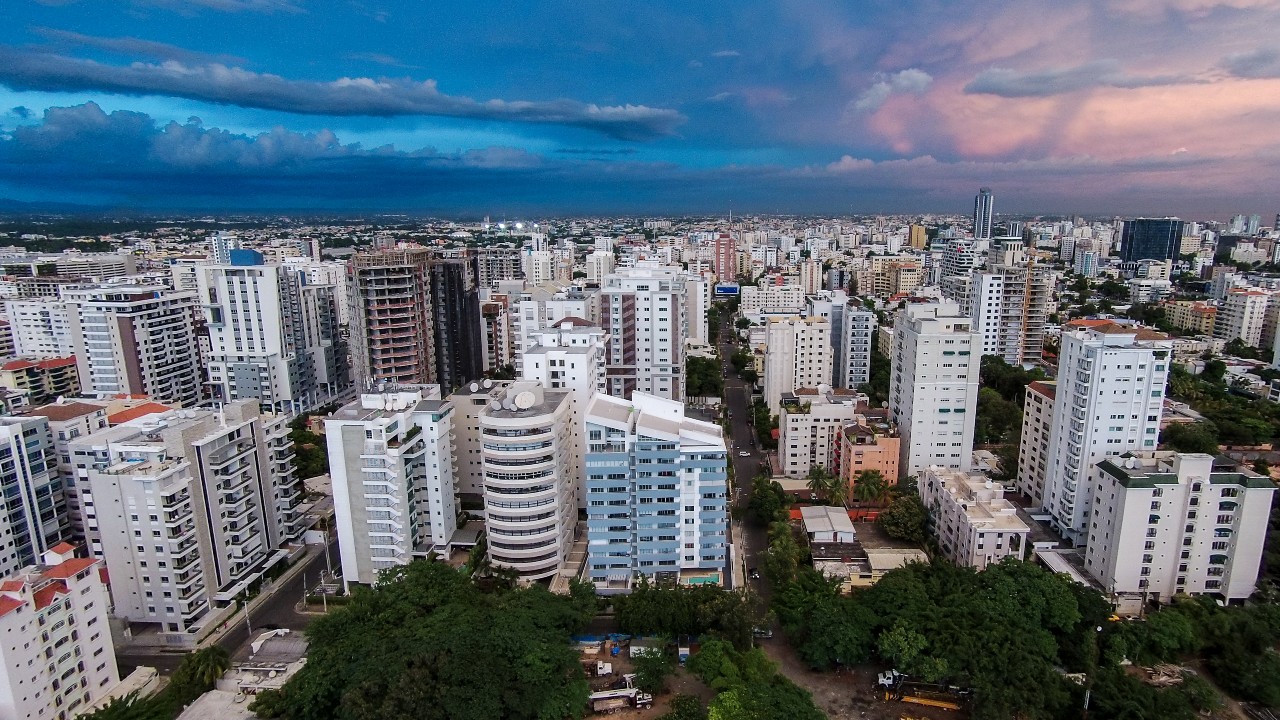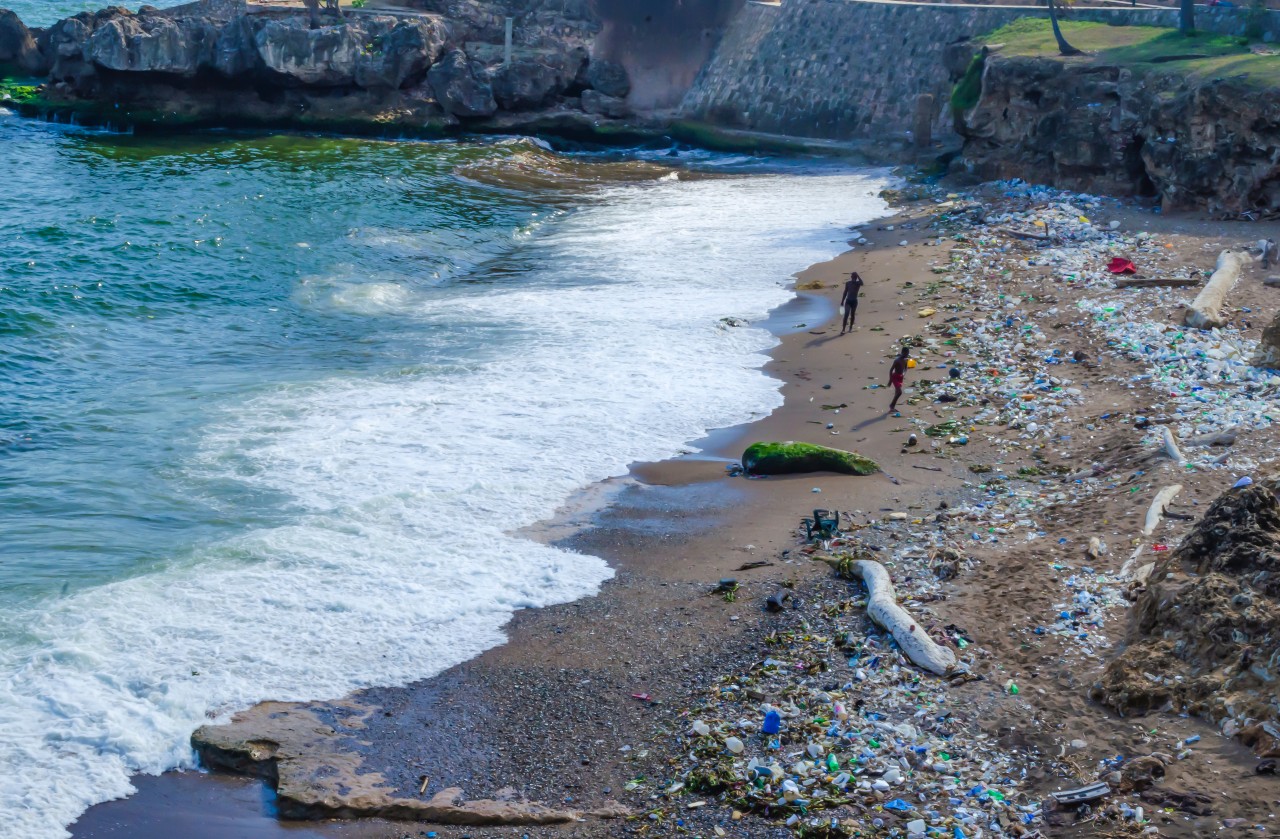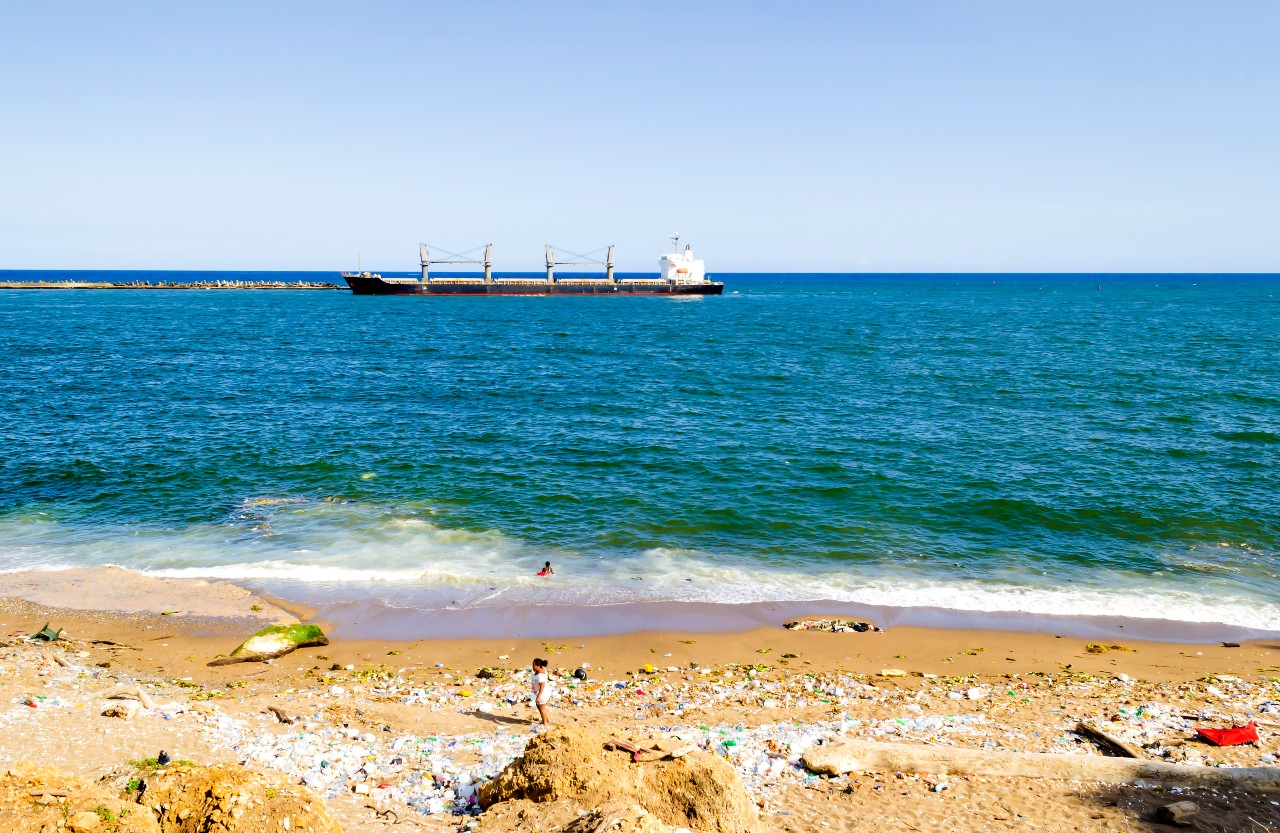Santo Domingo (meaning “Saint Dominic”), officially Santo Domingo de Guzmán, is the capital and largest city in the Dominican Republic and the largest metropolitan area in the Caribbean by population. The urban area has a total population of 3.3 million and it is expected to reach 4 million by 2030. The average temperature in Santo Domingo varies only little, because the tropical trade winds help mitigate the heat and humidity throughout the year. Thanks to these trade winds, Santo Domingo has a tropical climate but seldom experiences the heat that one might expect to find. December through March are the coolest months with hot days with less humidity and fresh nights. July through September are the warmest.
The city was founded in 1496 by Bartholomew Columbus, brother of Christopher Columbus, as the capital of the first Spanish colony in the New World. The colony prospered as the seat of government of the Spanish possessions in the Americas until the conquest of Mexico and Peru, after which its importance declined. In 1586, Sir Francis Drake, the English buccaneer, sacked the city, but in 1655, its inhabitants defeated a British force that had been sent to seize it. From 1795 to 1809, Santo Domingo was under French domination, and, after another brief Spanish period, it was conquered by Haiti. After independence in 1844, Santo Domingo became the capital of the new Dominican Republic until the republic’s annexation to Spain in 1861, and it has been the Dominican capital since the restoration of independence in 1865. The city’s Colonial Zone was declared as a World Heritage Site by UNESCO in 1990. The Colonial Zone, bordered by the Río Ozama, also has an impressive collection of early 16th century buildings, including palatial houses and majestic churches that reflect the architectural style of the late Middle Ages.
Today, Santo Domingo is the cultural, financial, political, commercial and industrial center of the Dominican Republic, with the country’s most important industries being located within the city. Santo Domingo also serves as the main seaport of the country. The city’s harbor at the mouth of the Ozama River accommodates the largest vessels, and the port handles both heavy passenger and freight traffic.
In a city of 3 million, waste generation is a continuous process, and its disposal is one of the key concerns of the city. Along with its resident population, the city also hosts 2.5 million tourists every year. On average, each person produces 1.3 kg of waste per day. Due to this massive generation of waste per capita, on average, the city produces around 4,000 metric tons of garbage per day. The city faces an alarming array of environmental issues due to improper disposal of solid waste. A large part of the waste is dumped directly in the Ozama River by informal settlements causing a continuing and toxic presence of large amounts of plastics and other kinds of hazardous waste in the ocean. This improper and inefficient waste handling is one of the major causes for the waste tidal wave on the beach of Santo Domingo.
The collected waste is transported to the Duquesa Landfill, north of the city. This landfill of 123 hectares is the only one serving the region. One of the major issues of the landfill is the lack of capacity and it is expected to be closed in 2022. This is one of the main reasons that solid waste management is a key concern to the city. Once the collected waste reaches the landfill, only a miniscule proportion of it goes through recycling by manual processes. This is one of the most serious problems regarding solid waste as each load dump is disposed of directly, and the manual recycling process does not follow any safety procedures for the recyclers. Furthermore, the landfill is not sanitized and thus causes a lot of air, water and soil pollution as it discharges directly into the environment. The landfill is also highly prone to methane fires. This overall condition makes the landfill highly unsustainable and hazardous to the environment.
WOIMA has the perfect solution to help Santo Domingo reduce the waste-induced challenges. We have developed a decentralized waste management and power generation solution called “WOIMA Ecosystem” that helps countries and cities to cope with the increasing waste challenges that they are facing. WOIMA Ecosystem recycles the waste into raw materials and energy in the most efficient manner reducing the waste quantity by over 95%. The small-to-medium size WOIMA Ecosystems are distributed close to where the waste is generated, thus offering significant waste logistics and power distribution savings in addition to solving the waste problem.
Follow our blog series “Drowning in Waste” to find out more about how WOIMA can assist various countries and cities to mitigate their waste-induced challenges.
WOIMA Ecosystem for 250 tons per day of MSW
Decentralized W2E power generation Nairobi, Kenya
Find out more about wasteWOIMA® technical solution
Check Your Waste Characteristics
Contact Us
WOIMA Corporation is a Finnish supplier of best-in-class waste-to-value products, projects and services worldwide. We have developed solutions that enable us, and the customer, to transform and recycle virtually any waste stream into raw materials and energy. At WOIMA we combine Finnish engineering know-how in waste management with power generation design expertise. These solutions are used in Finland every day. They support the circular economy ideology and ensure that less than 1% of Finland’s waste ends up in landfills.
Our mission is to improve quality of life both locally and globally, as well as empower people to utilize waste as a commodity. Our decades of international project management experience ensure an on-time, in-budget and high-quality WOIMA solution delivery across the globe.

